In a perfect world, marketing sets up sales for success, and in turn, sales provide marketing with the insights they need to remain relevant to buyers.
The secret sauce is active and open communication between the two departments. Creating a shared transparent system for sales and marketing demands that involves these areas can save both time and money.
In fact, over the past few years, a term has been growing around the B2B industry that encompasses this way of thinking — “Smarketing”.
What Is Smarketing?
“The term ‘Smarketing’ refers to the alignment between your sales and marketing teams created through frequent and direct communication between the two.”
-Hubspot
As companies continue to increase the percentage of leads that originate from inbound marketing, effective sales and marketing alignment has become a critical area of organizational design. If the two departments are managed as separate silos, the system will more than likely fail. Organizations with effective sales and marketing alignment have seen higher annual revenue growth!
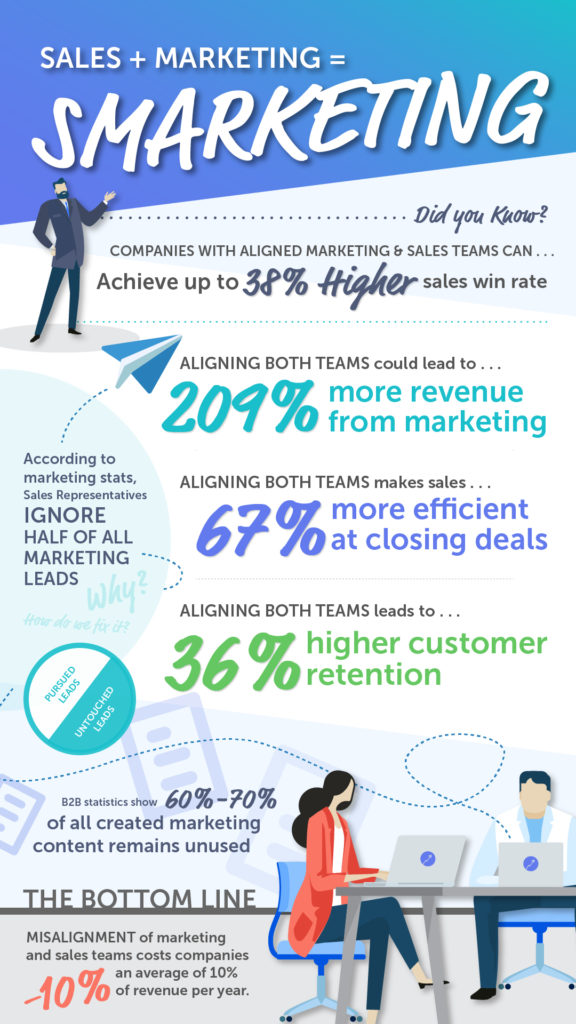
That’s a lot of words, and what does this mean for your business growth? What Smarketing means to businesses is the ability to bring together marketing-qualified leads (MQL) and sales-qualified leads (SQL) through a process that measures, grades, disseminates, and monitors possible leads for your business.
If you are looking at a pipeline with two sections of the pipe. One is sales and the other is marketing. The better you connect and fuse these pipes together, the less likely it is to leak when leads go from one piece of the pipe to the other.
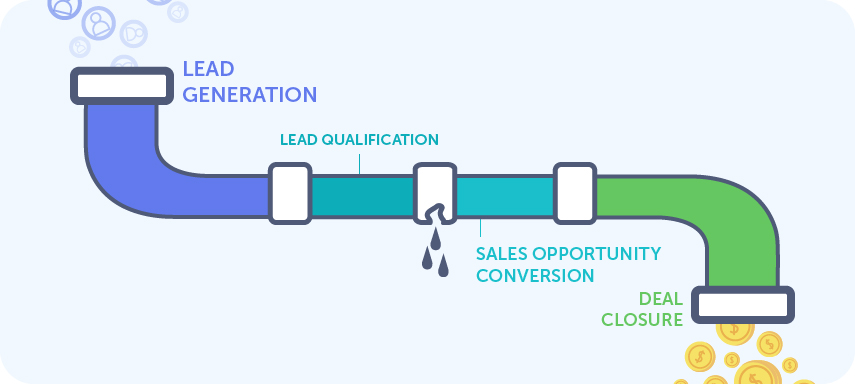
What Smarketing Means for the Growth of Your Business?
- A structure for setting measurable targets that your sales and marketing teams can agree to, preferably defined in the Service Level Agreement (SLA).
- A simplified lead generation process that helps you calculate, rate, distribute, and monitor potential opportunities for your company.
- Data alignment throughout the used systems such as CRM and marketing automation tools when it comes to company information needed contact information, and their format.
- A more efficient definition of the optimal consumer persona as sales and marketing settle with the same concept.
- Improved account scoring.
Sales and marketing alignment is probably the best way to boost business performance today. Smarketing departments converge around a single marketing cycle to significantly boost customer Return On Investment (ROI), business efficiency, and most importantly, top-level growth.
However, you need to ensure a smooth alignment between the two.
Tips To Align Your Smarketing Team
1. Make it Easy to Collaborate
The first step in aligning your sales and marketing teams is to make it easy to do just that. Sales operate off the information shared by the marketing department, and the marketing department uses feedback from the sales team to generate high-quality content designed to stimulate the interest of prospects.
It is crucial to maintain transparency between both departments to ensure smooth communication. Meaning all information and materials should be made available to everyone on each team. Cloud-based storage services like Google Drive and Dropbox are extremely convenient and easy-to-use tools for warehousing some business-related information.
2. Create Aligned Terminology and Processes
Moving beyond the clarification of key terms such as “lead” and “prospect,” sales and marketing teams should also work together to identify their Ideal Client Profile (ICP). A well-rounded ICP will help you discover which opportunities the marketing team will be pursuing. If both sales and marketing departments have recognized who the ICP is for the business, they can work together to develop marketing campaigns and sales strategies that align with this targeted audience.
Another strategy for aligning Smarketing terminology and processes is the creation of a Service Level Agreement(SLA) for sales and marketing. SLAs can be used between sales and marketing teams to clear up confusion and strengthen the roles of each department in the entire lead generation process. In fact, Hubspot states that “65% of marketers whose companies have this type of SLA see a higher return on investment from their inbound marketing efforts.”
3. Implement an Attribution Model That Dispenses Credit Fairly
Unless you can fully combine revenue and marketing, you need to adopt a new approach to delegate ROI and assess performance. Both sales and marketing are heavily numbered units, and each of them should be distributed by consolidated activities and intensified coordination.
Part of the mission to balance sales and marketing is to remove the “us vs them” mindset. The ROI distribution model will be crucial here because it helps determine the performance of each group on the basis of their cumulative results. As a senior leader, you will need to manage a change in the thought process that uses a modern distribution paradigm as a way of encouraging sales and marketing personnel to reconceptualize their responsibilities and their larger objectives. The trick? Ensuring that both departments feel valued and fairly credited throughout the process.
4. Focus on the Entirety of the Sales Funnel
Optimized sales enclosures are not only useful for revenue production, but also for the development of lead generation tactics. When the sales funnel works optimally, marketing departments can evaluate the available data to see where the prospects are leaking and what content keeps them from moving forward. When the sales funnel is understood and accessible to both sales and marketing teams, individuals can create better content for lead generation.
5. Develop Full-Funnel Content as Aligned Teams
Creating branded content in a collaborative team effort can help with lead generation as well as sales development. The creation of content for both pre-funnel social sales and sales collateral can be the final push that prospects need to make a final purchasing decision.
Case studies, for instance, can be produced by both marketers and sales professionals to demonstrate the product difficulties and achievements of past clients while also being used to create brand equity for leads or to solidify an offer with a prospect who is facing a similar situation.
6. Get Sales Involved in Content Creation
Idea generation should be just the beginning of how you bring your sales team into your content creation process. There are many other ways in which they can help during the content creation process. This could include:
- Shortlisting ideas that resulted from brainstorming sessions.
- Working together to tailor content to the needs of prospects and customers at each stage of the funnel.
- “Testing” ideas about prospects. A simple, “Is this something you’d be
- interested in / would it benefit you?” It could go a long way.
- Recommending topic experts to discuss from within their network.
- Reviewing research and briefs. Adding their two cents where possible.
7. Let Them Spend Time Together
This may not seem like a typical business-driven strategy, but creating opportunities to build professional personal relationships between sales and marketing departments allows opportunities to help understand each other’s points of view.
When team members feel understood and comfortable on a personal level with their colleagues, professional communication between departments will be easier in-office. It is important for sales and marketing teams to know that they are not competing with each other, but rather they are working towards a common goal: to increase the bottom line and build a successful business.
By fostering professional and personal respect between the members of the team and the departments themselves, Smarketing alignment will become a natural experience.
How SalesIntel Supports Your Smarketing Strategy
The biggest obstacle to sales and marketing alignment is the lack of accurate/shared data on target accounts and prospects (43%). B2B Data is the starting point of a lead generation process for the marketers and it continues to support sales reps when the ball is in their court. Better quality leads mean more conversions for your sales team (and for you). So how do you improve the quality of your leads?
By using reliable and accurate B2B data.
SalesIntel ensures that your Smarketing team has access to accurate data that helps them in many ways.
Using SalesIntel, marketers can –
1. Access millions of human-verified data across the B2B industry.
2. Identify the right prospect using demographic data and reach the decision-makers.
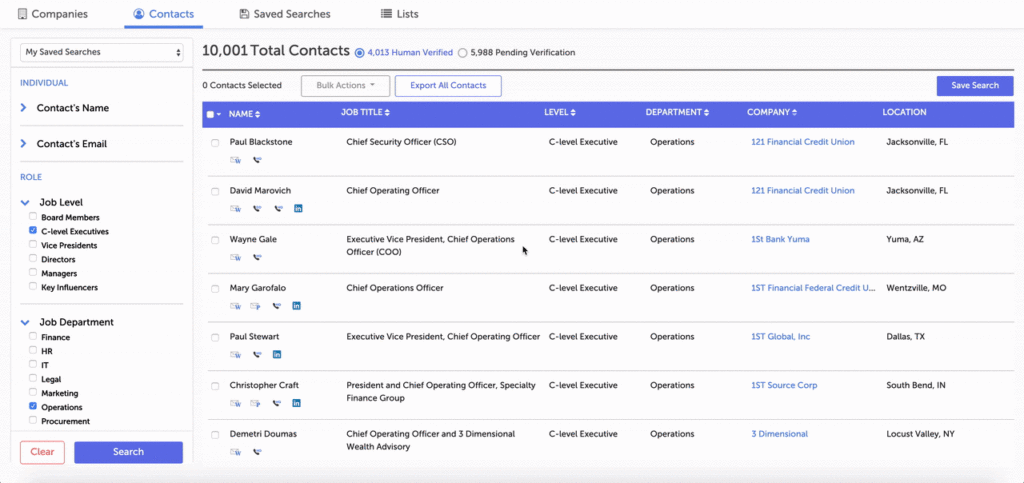
3. Ensure increased website form submissions by enriching the form using the lead enrichment feature within the platform.
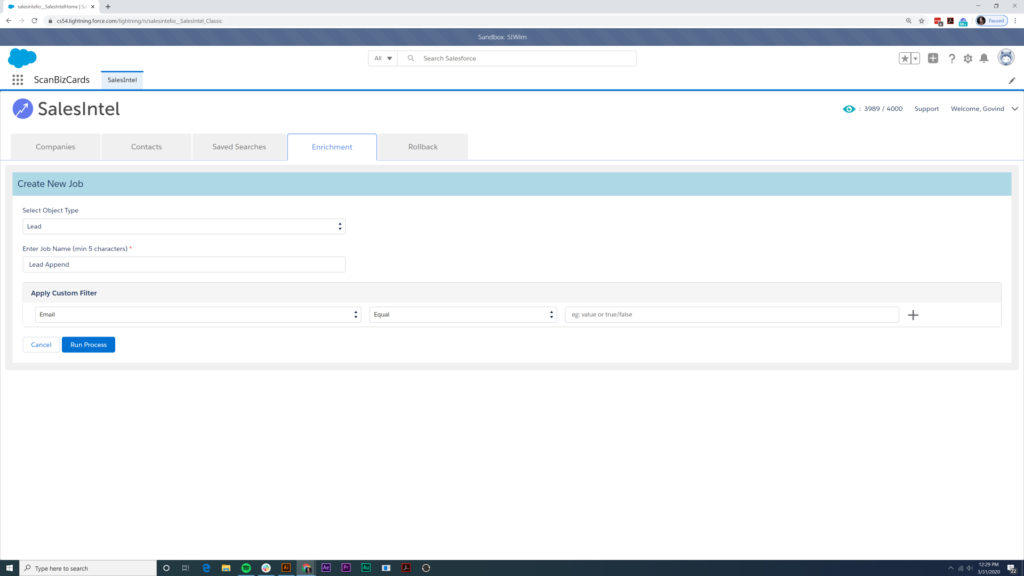
4. Using the Intent Data feature, you can strategize content creation by understanding the topics consumed by your prospects. Also, provide the sales team with prioritized “ready-to-buy” leads.
Using SalesIntel, the sales team can –
1. Bring personalization to the sales pitch by supporting their research with technographic data.
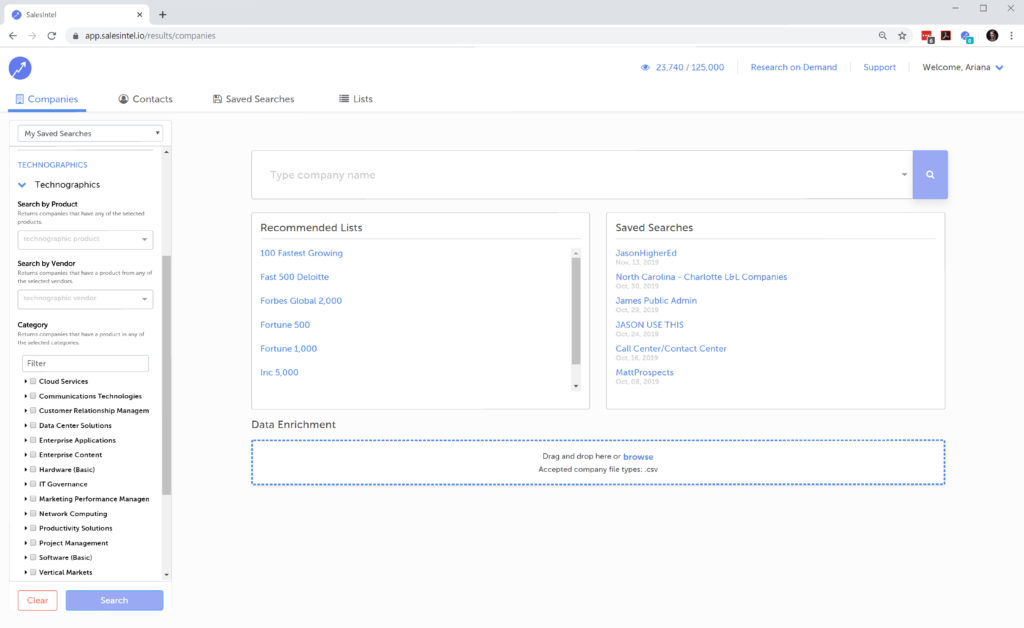
2. With 48M work mobile numbers, you can reach the decision-makers 7x quicker than your competitor.
3. Use Intent Data to tailor your sales approach accordingly. Also, get an idea about the duration of the sales cycle for each account. You will have a clear picture and better understanding of where the prospect is in the sales funnel — when to push harder for the sale and when to educate/ nurture the prospect.




